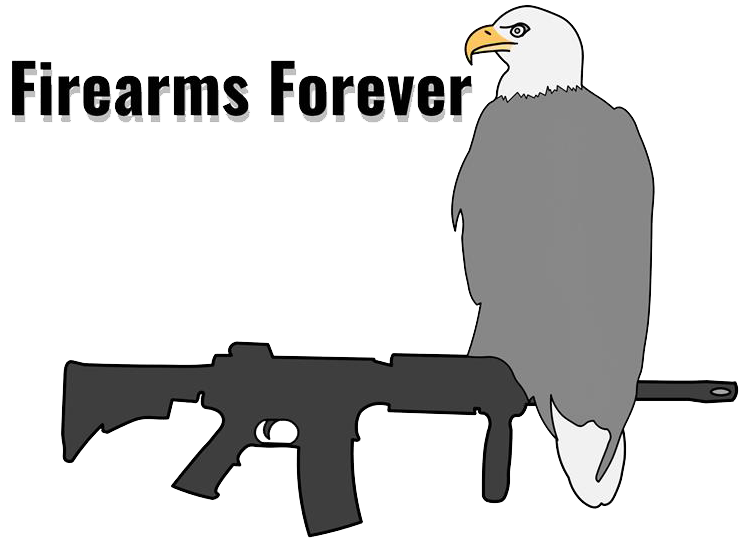Electro-optic sights for handguns have been around for decades at this point. There are two main types: a visible laser that projects a dot on the target, and an optic similar to a traditional scope that uses a laser dot as the reticle, commonly called a “red-dot sight”. The visible laser could be embedded in a grip panel and activated with a pressure switch. Solutions for polymer-frame pistols usually involve attaching the laser to the trigger guard or a light rail in front of the trigger guard.
Visible lasers made it easy to shoot with full target focus, without requiring the gun to be raised to eye level. Even in bright daylight the laser dot is easily visible and quick to acquire for targets at typical self-defense distances of 3 to 7 yards. In 2016, I led a research project comparing shooter performance with lasers, iron sights and slide-mounted optics with and without visible backup irons. This project measured the shooter’s ability to hit targets at 5 and 10 yards in 1.5 seconds from a ready position with pistols of similar size and features. The test involved 120 shooters of varying skill levels from novice to very experienced. One conclusion of this study was that the visible laser provided the best results for low-skill shooters. Aiming the gun was visually simple: look at the target, put the visible dot on the target where you wanted to bullet to go, press the trigger.
Riding The Learning Curve
For shooters with a higher-skill-level performance, the laser was roughly equal to performance with iron sights, because they had already scaled the learning curve associated with quickly aligning the front and rear sights with the target. At longer distances, shooters often reverted to using the iron sights for aiming because it was faster than trying to find the laser on the target. As a result, visible lasers weren’t used by top tier competitors, but red-dot sights were.
Red dot sights are attached to steel framed pistols with screws and mounting brackets, so that the sight would not be subjected to the shock and vibration associated with a rapidly moving slide. The earliest adopters were bullseye shooters in the late 1980s, followed by USPSA and Steel Challenge shooters in the early 1990s. By the end of the 1990s dot-equipped guns dominated all the pistol sports. At the top level, scores were improving by 10-15 percent, particularly on longer/harder shots due to the visual simplicity of target focus on a single dot for aiming.
Popularity of red dot sights for competition pistol led to their use on competition rifles and shotguns, which led to adoption of red dot sights on military rifles after 9/11. Innovation in manufacturing eventually led to red dot sights that were small and rugged enough to survive extended use mounted to a pistol’s slide.
Skill Level Makes A Difference
In our study we found that shooters with high skill and experience doing aimed fire drawing quickly from a holster shot as good or better with the slide mounted red dot sight, particularly if the gun that had both red dot and taller backup iron sights. Those trying red dot sights for the first time as part of our study often had trouble finding the dot within the 1.5 second par time. The learning curve for the red dot is steeper and slower to climb than the learning curve for the visible laser or iron sights. However, over the past decade private sector trainers began offering red dot specific classes guiding shooters up the learning curve. The most recent trend is law enforcement agencies issuing duty guns with red dot sights to academy recruits, incorporating red dot specific training to basic firearms training. Gun makers now offer many models with tall backup irons and red dot slide mounting options as standard products.
Are visible lasers still viable sighting options in a mostly slide mounted optic world? Their greatest value is on the snub-nosed revolver or other pocket gun where the bulk of a red dot would make the gun too large for its intended purpose. The other application is on a home defense pistol equipped with a weapon mounted light. On a larger pistol with iron sights, choosing a light model that has an integral laser can provide a secondary aiming system.
Read the full article here



